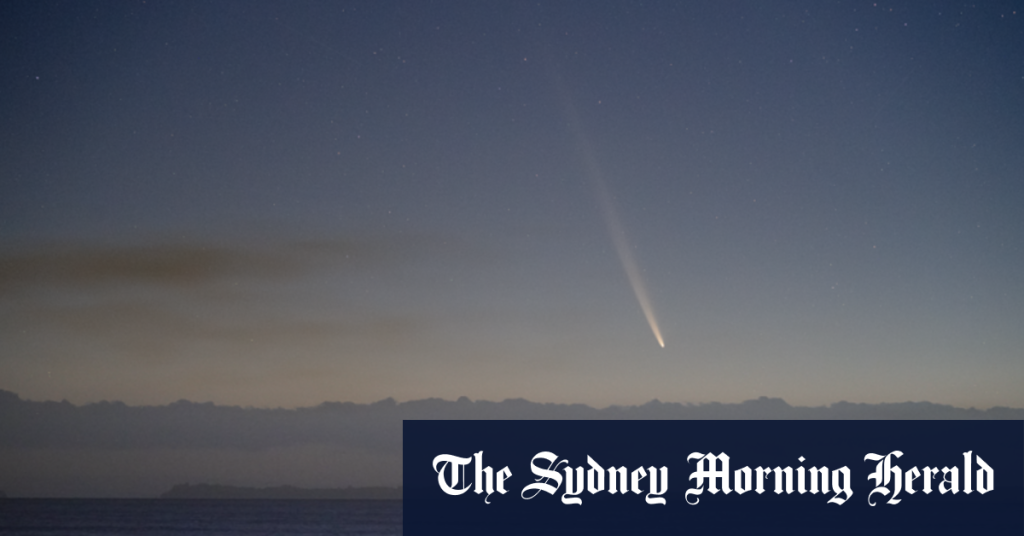On Sunday, Earth captured a rarely seen celestial visitor known as a “second moon,” which is actually a newly discovered asteroid hurtling through space at 3540 km/h. This asteroid, named 2024 PT5, has swung into Earth’s gravitational pull and will be visible for about 57 days. The asteroid was spotted by NASA’s ATLAS system in August as it began heading towards Earth from the Arjuna asteroid belt. This mini-moon’s horseshoe-shaped path means it is classified as a temporarily captured “flyby,” as opposed to an “orbiter” like a previous mini-moon that was locked in Earth’s orbit for two years.
Astronomers believe that Earth typically has one mini-moon less than one meter in size at any given time, but they are extremely difficult to detect due to their small size and faintness. In fact, 2024 PT5 is only the fifth mini-moon ever detected. The discovery of this mini-moon was made possible by its unique trajectory that temporarily brings it close to Earth’s orbit. The mini-moon will provide a fascinating spectacle for stargazers looking to catch a glimpse of this rare cosmic visitor.
In addition to the mini-moon, another celestial event capturing the attention of astronomers and stargazers is the bright and beautiful comet C/2023 A3, which was discovered in January 2023. Visible in the near-dawn sky, this comet promises to dazzle viewers with its spectacular display. The comet, captured from Auckland, New Zealand, is expected to provide a three-act show that will light up the night sky and offer a mesmerizing sight for those who are fortunate enough to witness it.
The combination of the mini-moon 2024 PT5 and the comet C/2023 A3 offers a rare opportunity for skywatchers to witness two extraordinary celestial events unfolding simultaneously. While the mini-moon will be visible for a limited time before continuing on its journey through space, the comet’s display is expected to be a highlight for stargazers around the world. Both events serve as a reminder of the awe-inspiring beauty and complexity of the universe, inviting us to look up at the night sky and marvel at the wonders that lie beyond our planet.
As astronomers continue to study and monitor these celestial phenomena, they deepen our understanding of the universe and the mysteries that exist beyond our own world. The discovery and observation of mini-moons and comets offer valuable insights into the dynamics of our solar system and the countless objects that populate it. By capturing these rare events and studying their behavior, scientists are able to expand our knowledge of the cosmos and uncover the secrets of the universe, inspiring future generations to explore and marvel at the wonders of space.
In a world filled with uncertainty and chaos, the beauty and wonder of the cosmos serve as a source of solace and inspiration for many. The sight of a second moon or a dazzling comet streaking across the sky reminds us of the vastness and majesty of the universe, offering a sense of perspective and awe that transcends the challenges of daily life. Whether gazing up at the night sky from a backyard telescope or studying the latest images from space observatories, people around the world find comfort and joy in the beauty of the cosmos, connecting with something greater than themselves and feeling a sense of wonder and gratitude for the universe in which we live.


